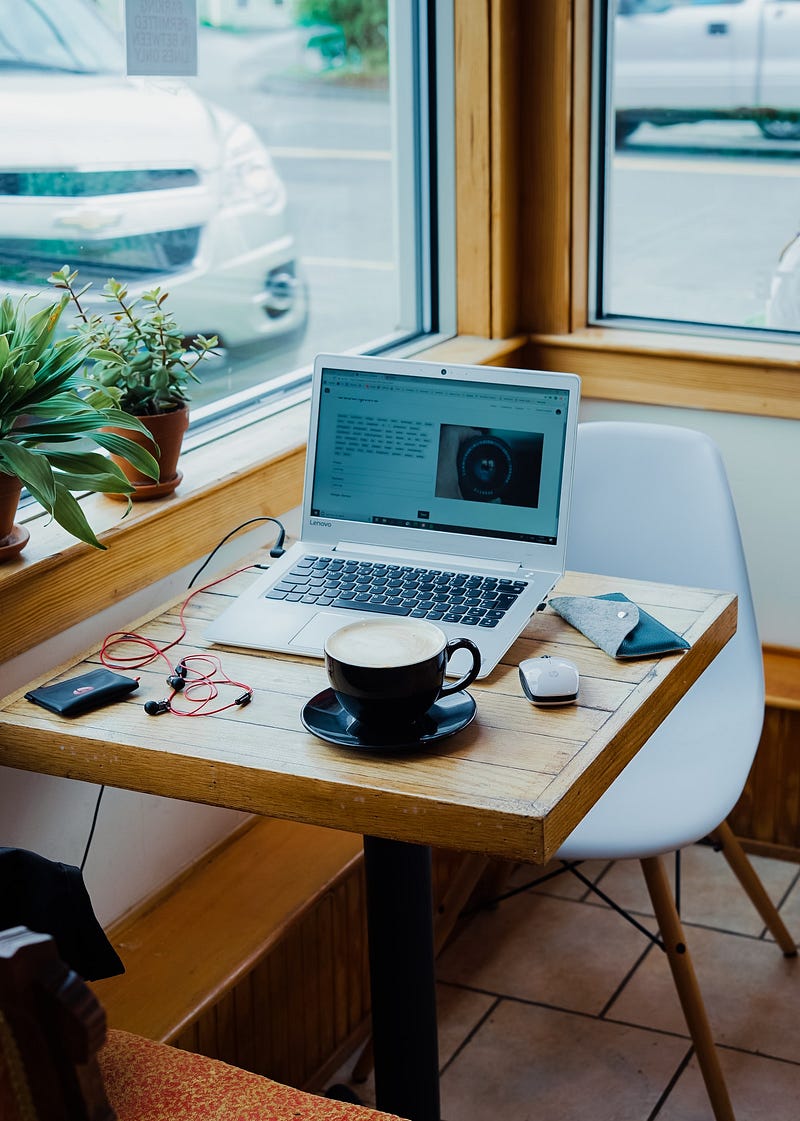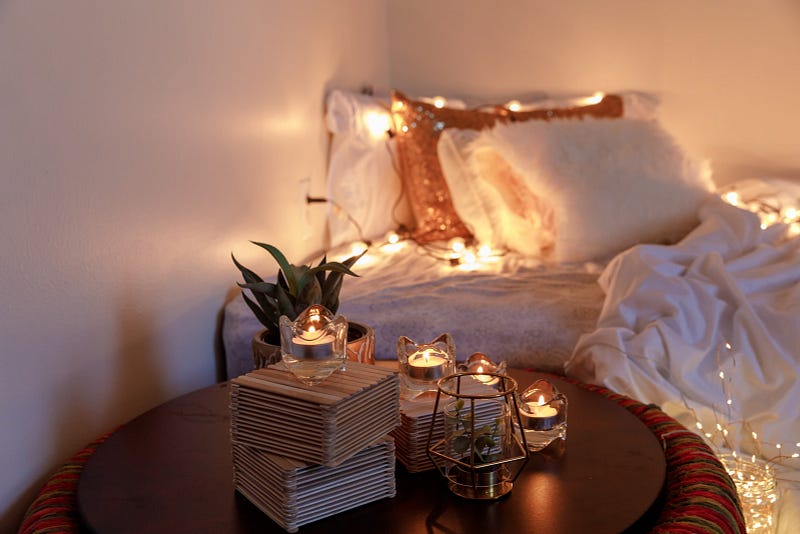I’ve always loved to write. And fortunately, writing always came easily to me. I could sit with my laptop and churn out 1000s of words.
However, in 2019, I took a leap and ditched my full-time job to become a content marketing consultant. With this change, came an immense pressure on my craft. My writing had to be more than just a creative outlet or a means to earn small side income through freelancing.
I had to commit to a schedule with a regular writing frequency, draft editorial guidelines, and ensure that every content piece I produced met the quality standards. I had to drive results — traffics and leads.
All this made writing a lot harder than it used to be. However, through years of writing experience, I knew that it was all about creating the right environment and routine that would help me avoid any distractions.

According to a report on Procrastination, distraction was found to be the most common reason for procrastination (48 percent). This is followed by feeling overwhelmed and unable to decide where to start (40 percent).
If writing became the first thing I do in the day, I could form a strong creative habit around it that would help me in the long term.
In this article, I’ll talk about my experience with trying to create the spaces that help me write better, every day.
1. Don’t be limit yourself to four walls
Nothing saps my creativity like staying indoors. I need to get ready, step out, and feel the sun. Most days, I walk to my favorite cafe (the apartment I chose is strategically at a location where there are a lot of cafes within walking distance).
I’ve noticed that I am a lot more distracted when I’m indoors. Much more likely to spend time in bed or on my phone. The moment I step out, I’m energetic. Maybe it’s the Vitamin D, or it’s just the mindset shift. But it works for me.
On most days, I am at a cafe by 10 AM, preferably an outdoor one. I’ve my favorite tea or coffee. And I am ready to attack the blank page.

And this isn’t a coincidence. Even researchers have found that people who work in windowless environments on average get 46 minutes less sleep on work nights, experience lower-quality rest, and are less physically active during the workday than those who get adequate exposure.
Even if you’re used to working indoors, ensure that your workspace gets plenty of natural light or experiment with full-spectrum light bulbs in your ceiling lighting.
A room is not a room without natural light.
— Louis Kahn
2. Shake things up a little
Of course, like most things, this routine of sitting in a cafe gets monotonous. Some days, I just can’t help but yawn even as I drink my coffee. I look at my laptop and feel drained. The idea of writing seems plain dreadful.
That’s my cue to shake things up. If I don’t have a deadline, I let such days pass by occupying myself with some non-creative tasks like planning the editorial calendar or creating outlines for future articles.
But the next day, I do something to change the routine. I let myself sleep an extra hour, or I take a cab to a distant cafe I’ve not been to in a long time. Or, I simply sit down to work at the coffee table in the living room for some time.

“The enemy is whatever is static. So just making changes sometimes, very small changes, can make a huge difference.”
— Robert Epstein, a senior research psychologist at the American Institute for Behavioral Research.
3. Limit your work hours
If I start the day thinking I have got the entire day to complete writing an article, the task ends up stretching throughout the day. If I give myself a 3-hour deadline to do the same, more often than not, I meet it!
When I sit down at a cafe to work around 10–11, I know that it’ll be lunch-time in 3 hours. I know that I’ve limited time to get things done. With that mindset, I’m able to make the most of the time at hand.
Another way to do this is to pre-schedule other important activities after your work hours.

“I publish 2 podcast episodes, 7 blog posts, and send 3 email newsletters each week. I do most of this in 3 hours a day. I’m convinced that with the right framework, anybody could do this, even on the side of a demanding day job.”
— Srinivas Rao, Host and Founder of the popular podcast, the Unmistakable Creative.
4. Create a place to unwind
Just like you need an environment to get your brain working, you also need a place to relax. For me, finding the latter has always been a bigger challenge.
For some of us, it can be hard to stop thinking about work. According to a popular work-life balance statistics report, the lack of separation between work and life was a primary stressor among 34% of the workers.
When I have an uncompleted writing task, it stays on my mind and makes it hard for me to truly rest. No matter how creative you are, such accumulated stress can suck you dry of any creative energy.
For this reason, I now give rest as much importance as I do to my work.

I’ve made a strict rule of never ever bringing my laptop to my bedroom. If it’s a time to rest, it really is time to rest. Not bringing any work to my place of unwinding helps me break that connection. I also use my Ipad for all other non-work activities that require a device — like watching online webinars on improving my calligraphy skills.
Setting up a cozy hygge decor ambiance in my room, turning off the lights early, getting into comfortable sleepwear, drinking my favorite tea to relax, and listening to soothing music are a few things that form my nightly unwinding routine.
“Rest nurtures creativity, which nurtures activity. Activity nurtures rest, which sustains creativity. Each draws from and contributes to the other.”
― Kim John Payne, Author of Simplicity Parenting
This way I’m able to replenish my creative energy and the next day, I pick up where I left off.


